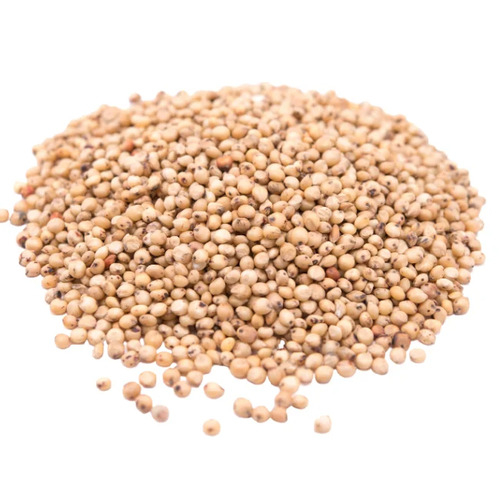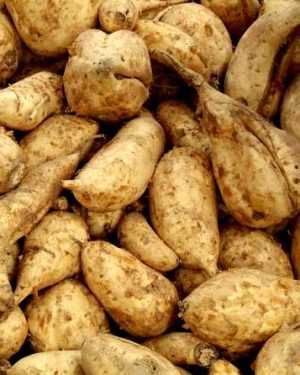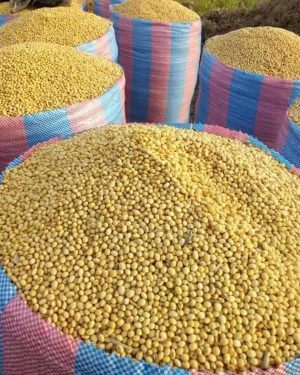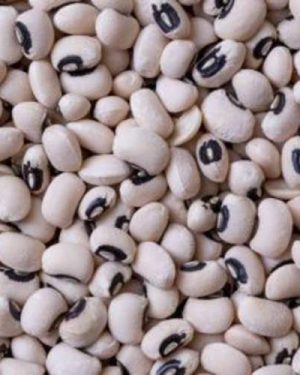Description
Sorghum | 100kg known as Sorghum bicolor and also known as great millet, broomcorn, guinea corn, durra, imphee, jowar, or milo, is a species in the grass genus Sorghum cultivated for its grain. The grain is used for food for humans; the plant is used for animal feed and ethanol production.
Sorghum is the world’s fifth-most important cereal crop after rice, wheat, maize, and barley. Sorghum is typically an annual, but some cultivars are perennial.
Product Description of Sorghum | 100kg
Key Characteristics:
- Sorghum is a large stout grass that grows up to 2.4 metres (7.9 ft) tall.
- It grows in clumps that may reach over 4 metres (13 ft) high.
- It has large bushy flowerheads or panicles that provide an edible starchy grain with up to 3,000 seeds in each flowerhead.
- It grows in warm climates worldwide for food and forage.
- Sorghum is native to Africa with many cultivated forms.
Cultivation:
- Sorghum are drought- and heat-tolerant, nitrogen-efficient.
- Sorghum grows in a wide range of temperatures. It can tolerate high altitude and toxic soils, and can recover growth after some drought.
- Optimum growth temperature range is 12–34 °C (54–93 °F), and the growing season lasts for around 115–140 days.
- It can grow on a wide range of soils, such as heavy clay to sandy soils with the pH tolerance ranging from 5.0 to 8.5.
Pests and diseases:
- Sorghum is a host of the parasitic plant Striga hermonthica, purple witchweed, that can reduce production.
- Sorghum is subject to a variety of plant pathogens.
- Sorghum produces chitinases as defensive compounds against fungal diseases.
Additional information
| Weight | 30 kg |
|---|







Reviews
There are no reviews yet